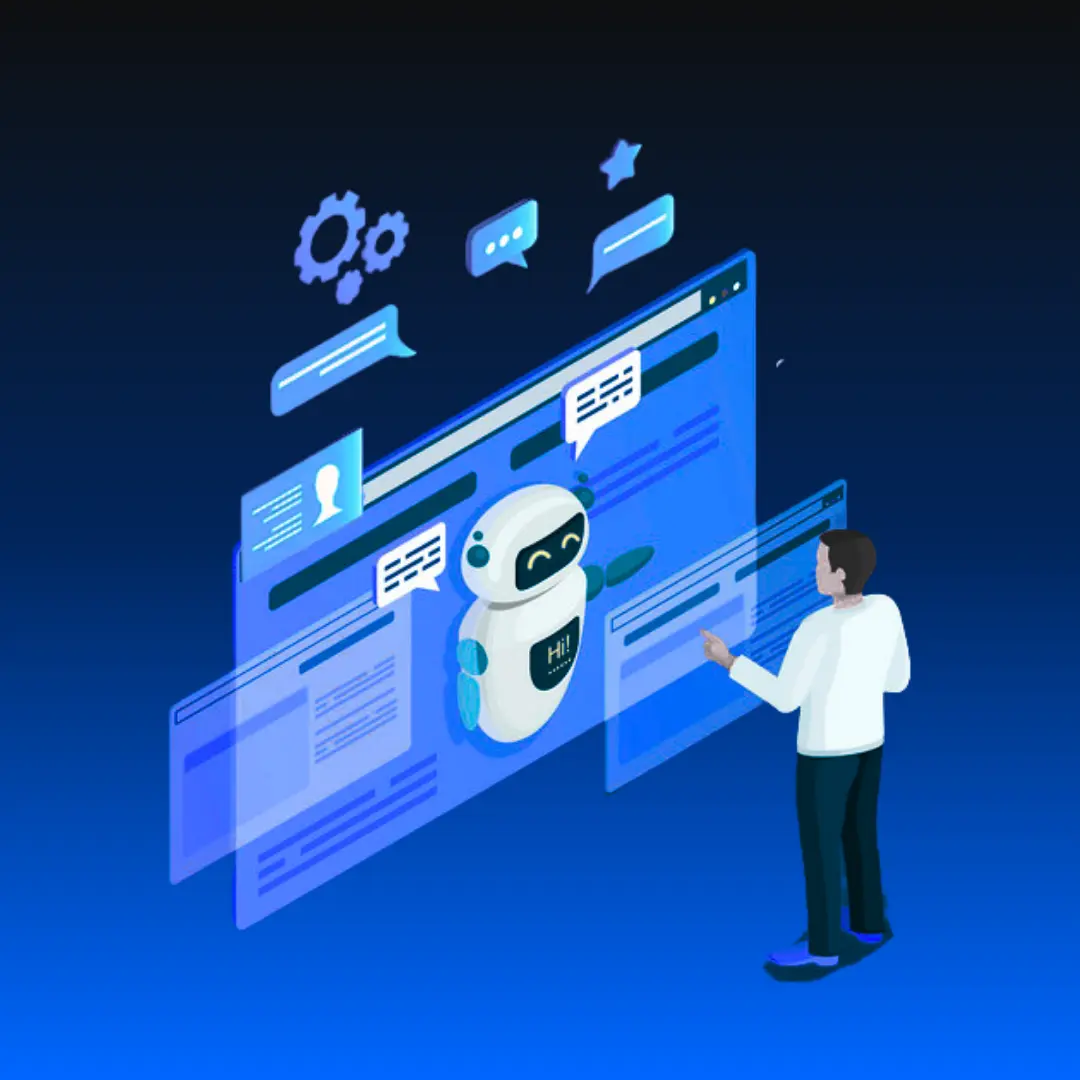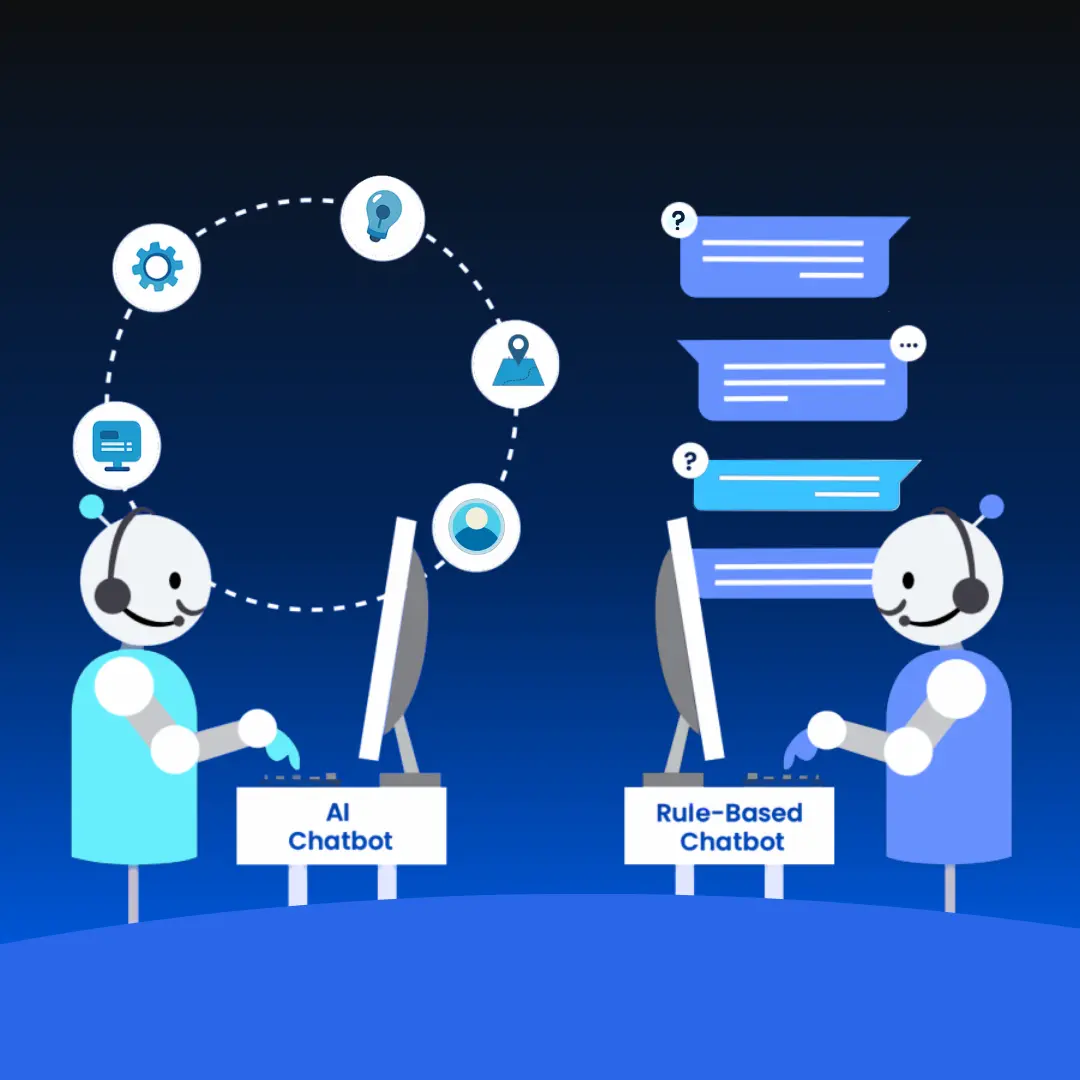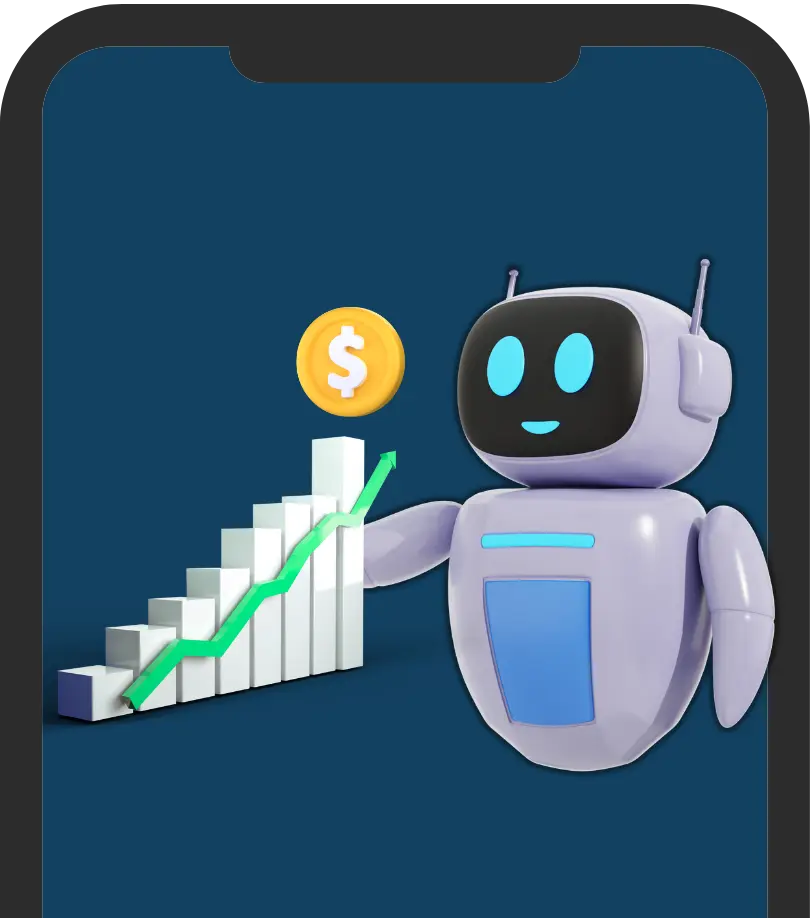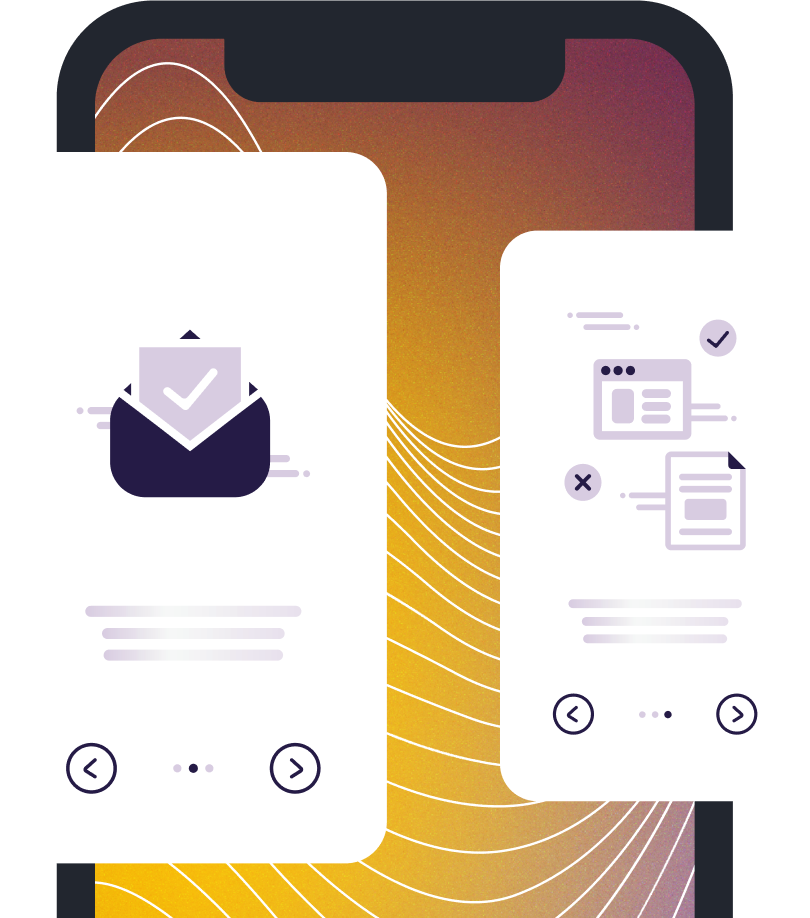Customer support has changed. Today, customers expect fast, 24/7 responses irrespective of firm size. This is a burden for large corporations. Handling thousands of customer queries every day isn’t easy. That’s where enterprise chatbot solutions come into action. They help firms automate support at scale without losing the human element.
In this blog, we’ll explore what enterprise chatbot solutions are, how they work, and why they matter for businesses that deal with high volumes of customer interactions.
What Is an Enterprise Chatbot?
An enterprise chatbot is a virtual assistant that helps businesses manage customer conversations. These bots are built for scale. Unlike simple bots that handle only basic tasks, enterprise chatbots can:
- Integrate with CRM systems and support platforms
- Deal with complex queries on various channels
- Deal with multiple languages
- Provide personalized answers based on customer data
- Provide 24/7 support
These chatbots are ideal for industries like banking, telecom, e-commerce, healthcare, and insurance—where customer interaction happens every single minute of the day.
Why Large Businesses Need Chatbots
If your company generates hundreds or thousands of support requests per day, adding more agents isn’t always the solution. It incurs cost and creates lag in terms of onboarding. And human agents have only so much multitasking they can do.
Chatbots solve this by:
- Welcoming and answering routine questions (order status, refund policy, password reset, etc.)
- Reducing wait times
- Scaling customer support without increasing team size
- And freeing up agents to handle complicated issues
Quick and easy to say, chatbots don’t replace support teams—rather, they augment them.
Advantages of Enterprise Chatbot Solutions
1. Scalability
Your company grows, and as it does, customer questions multiply. Enterprise chatbots scale effortlessly. If you handle 100 chats per day or 100,000, a chatbot will keep up without skipping a beat.
2. Cost Savings
Common support questions automated minimize the requirement for a large customer support team. This translates into huge long-term cost savings—particularly for high-volume businesses.
3. 24/7 Support
Instant responses are expected by customers, including during non-working hours. Chatbots do not sleep. They can serve users around the clock, enhancing customer satisfaction and retention.
4. Consistency
Unlike human agents, bots deliver the same level of service consistently. They won’t forget a policy, typo, or lose their cool.
5. Multilingual Support
Most enterprise bots have native multilingual capabilities. This enables businesses to support global customers without having teams for each language.
6. Seamless Integration
Enterprise chatbots are nicely integrated with tools like Zendesk, Salesforce, Shopify, and internal datastores. They retrieve information to offer personalized support and update customer records in real time.
Best Platforms for Building Enterprise Chatbots
There are some businesses that offer platforms to develop enterprise chatbots. These platforms make it easy to create, deploy, and manage the bot with very little coding knowledge. Here are some of the best options available:
1. Dialogflow by Google
Dialogflow helps you build smart chatbots that can understand natural language. It integrates easily with apps such as WhatsApp, websites, etc.
2. Microsoft Bot Framework
It offers you complete control of how your chatbot functions. You can design sophisticated bots and integrate them with Microsoft Teams, Azure, and more.
3. IBM Watson Assistant
Watson Assistant allows you to build AI-powered chatbots for websites, mobile applications, and even voice platforms. It is appropriate for large businesses that need customized solutions.
4. Genesys DX (formerly Bold360)
Genesys offers chatbot creation tools and customer support management also in one platform. It’s in demand among firms that require both live chat and bots.
5. Rasa
Rasa is an open-source tool that enables you to build highly customized chatbots. It’s best for developers who prefer full control and data security.
Choose a platform based on your company size, technical competence, and type of customer experience you want to offer.
Use Cases of Enterprise Chatbots
1. Customer Support
Most common use. Bots handle FAQs, troubleshoot issues, collect feedback, and even transfer chats to human agents if needed.
2. IT Helpdesk
Large corporations use chatbots in business to assist employees. Bots clear passwords, create tickets, and resolve software issues—lightening IT loads.
3. HR and Employee Questions
Chatbots answer employee questions regarding leave policy, payroll, and induction. This enhances the efficiency of HR.
4. Sales and Lead Qualification
Web-based chatbots qualify leads, answer product questions, and schedule demos. This gives sales teams warm leads instead of cold contacts.
5. Enterprise Chatbot Solution for E-commerce
In web stores, bots help customers navigate products, track orders, and discover return policies. They are a virtual store assistant.
6. Enterprise Chatbot for Business Automation
Enterprise chatbot allows organizations to automate routine tasks like customer support, order status updates, and appointment scheduling. It makes things more efficient, saves time, and reduces manual interference.
How Do Enterprise Chatbots Work?
Most enterprise chatbots follow the following process:
- User sends a message
- Bot interprets the intent with natural language processing (NLP)
- Bot looks up information or performs an action (e.g., booking or updating a record)
- Bot responds to the user
If the bot is not able to handle the question, it is forwarded to a human agent—with all the context. This enables smooth handover and improved user experience.
Enterprise Chatbot Features to Consider
When choosing a chatbot product for your business, take into account:
- Omnichannel support (web, WhatsApp, Facebook, mobile apps)
- Custom workflows to support your business processes
- Real-time analytics and reporting
- Security and compliance (especially in banking or healthcare)
- Easy integration with existing tools
- Fallback to human agents as needed
- Regular training and refreshing to improve over time
A good chatbot isn’t a one-and-done. It adapts with your business needs.
Challenges to Keep in Mind
Enterprise chatbot solutions aren’t plug-and-play. They require:
- An explicit strategy for what questions the bot will answer
- Integration with back-end systems
- Continuous updates to accommodate new customer needs
- Testing to avoid errors in high-stakes scenarios
Without strategy, the best chatbot can falter. Most critical is to start small, monitor outcomes, and grow while observing it work.
How Enterprises Train Chatbots for Better Accuracy
Enterprises train chatbots by using real customer conversations, FAQs, and support data. They add common questions and correct answers into the chatbot system, then test how well the bot responds. When the bot makes mistakes, teams quickly adjust its replies or add better training examples. This helps the bot understand what users really mean and respond more accurately.
Over time, businesses keep improving the chatbot by reviewing conversations, tracking performance, and adding new questions as products or services change. They also test the bot regularly to make sure it works well across all channels. This ongoing training helps the chatbot stay accurate, useful, and aligned with customer needs.
Real-World Example
Telecom Industry Use Case
A telecom operator receives thousands of support requests daily. Most of them are for data balance, recharge status, or sim activation. After they integrated a chatbot, they found themselves with:
- 65% of inquiries answered without human intervention
- 50% faster response times
- 30% less support costs
- Improved customer satisfaction ratings
This shows the ability of automation at scale to influence results.
E-commerce Industry Use Case
A major online store was experiencing increasing volumes of customer service during peak shopping periods. The majority of the inquiries were regarding order status, tracking, and returns. They implemented a chatbot on their website and mobile app and realized:
- 70% of customer issues resolved immediately by the bot
- 40% decrease in ticket backlog
- 25% improvement in repeat purchases as a result of quicker support
- Reduced average handling time for agents
This is the way chatbots help manage seasonal spikes without increasing staffing.
Banking Industry Use Case
One of the leading banks needed to manage rising inquiries related to account balance, transaction history, and credit card inquiries. They installed an AI-powered chatbot on mobile and online banking platforms. Within a few months, they realized:
- 60% of repetitive inquiries solved automatically
- 20% decrease in volume of calls
- Faster service for priority requests
- More digital engagement by customers
This case proves that chatbots can improve service efficiency without losing customer trust.
Conclusion
Chatbot business solutions are no longer a nicety—it’s a necessity. They enable businesses to automate customer support, reduce expenses, and treat customers better. If you have many customer questions, a chatbot can free up your employees, streamline response times, and keep your customers.
To succeed with enterprise bots, start with a defined purpose. Know what your customers need, sketch out your workflows, and choose a solution that fits. Deploy correctly, and your chatbot can be the face of a faster, smarter, and more scalable customer service system.




